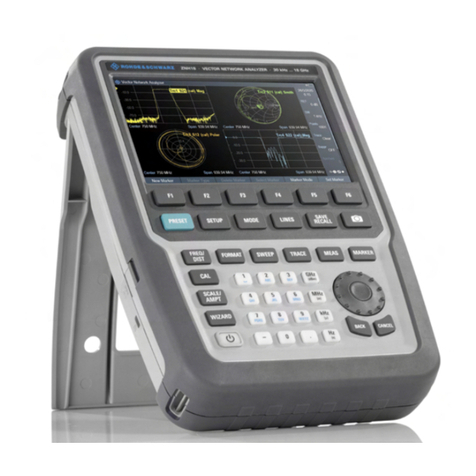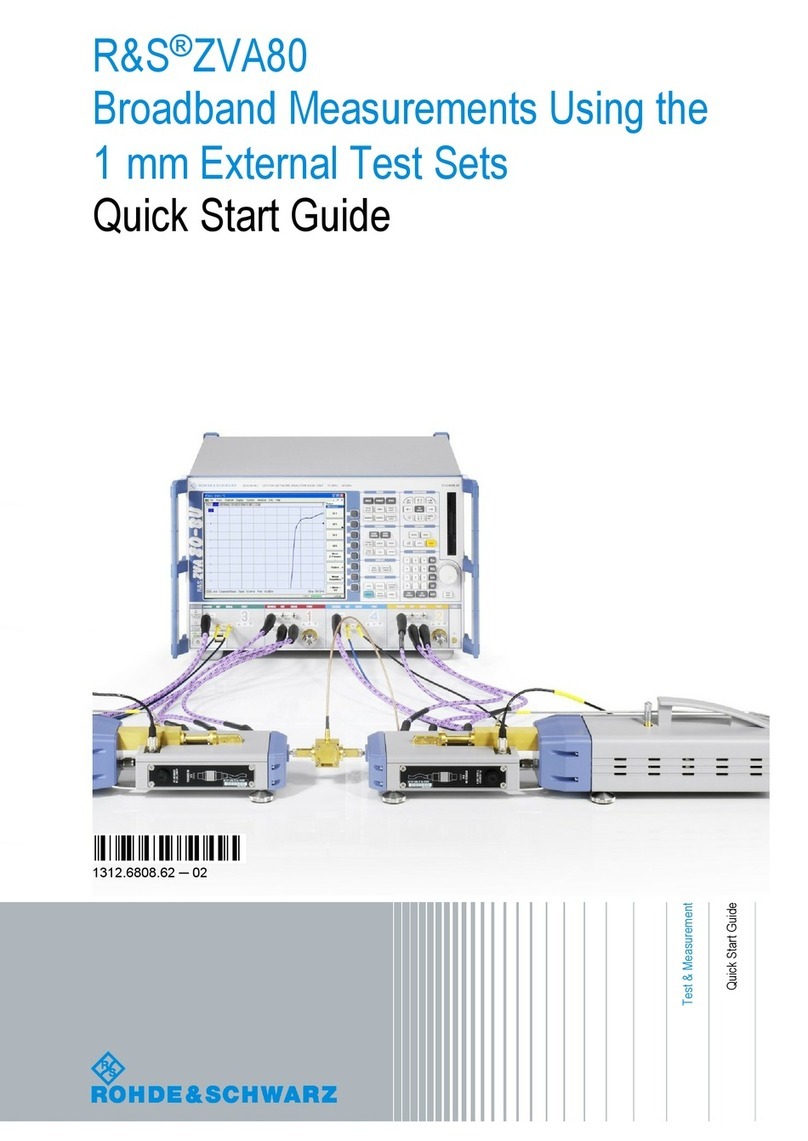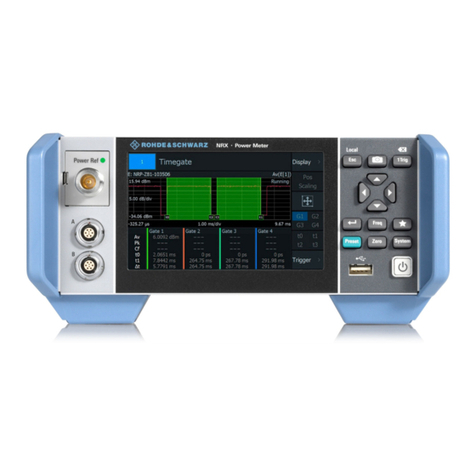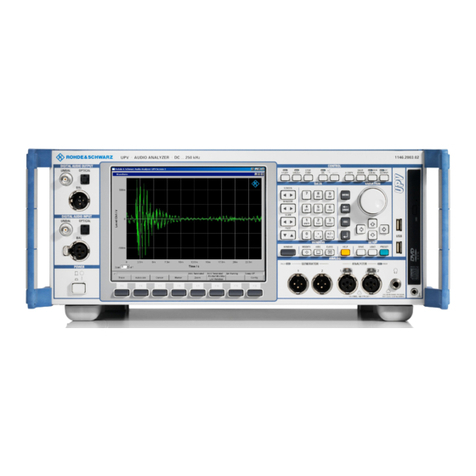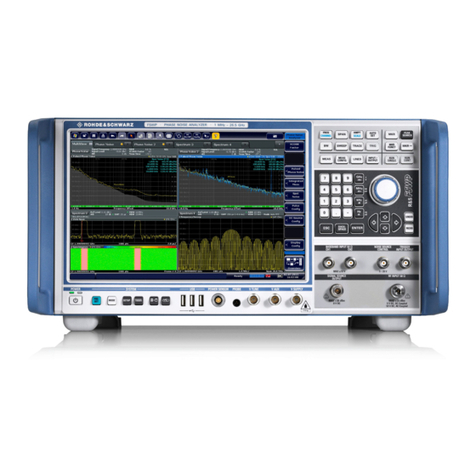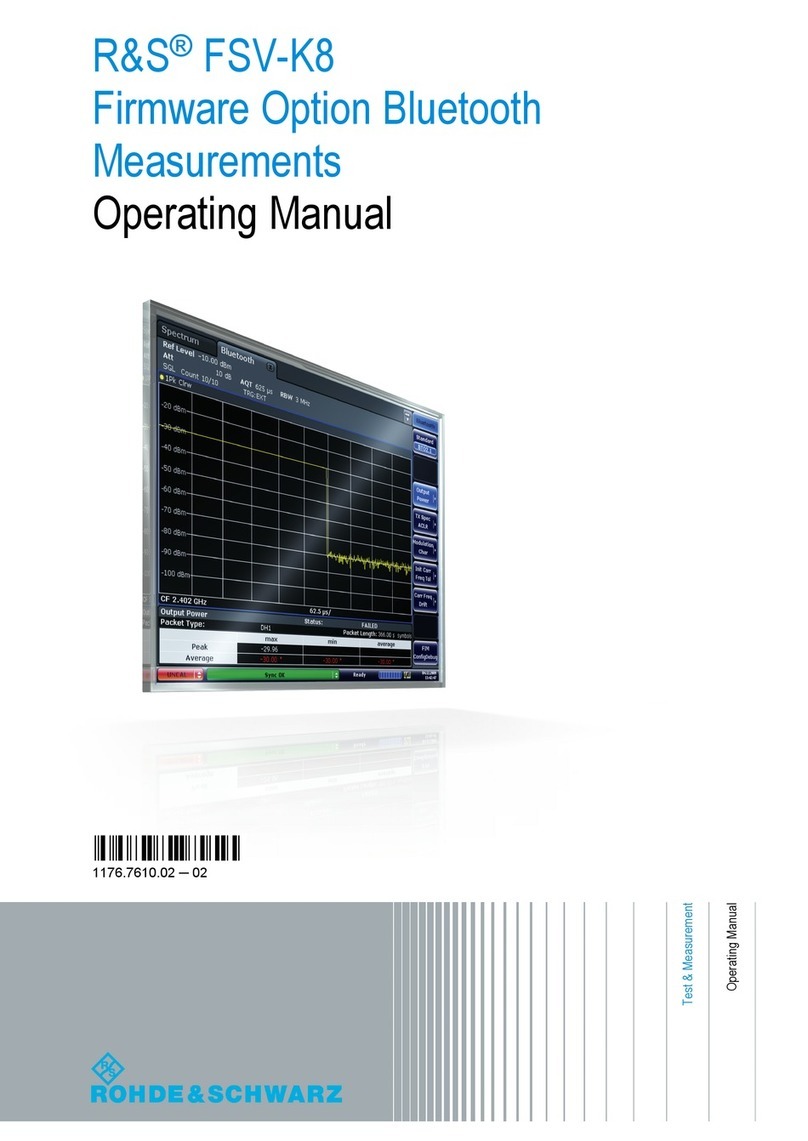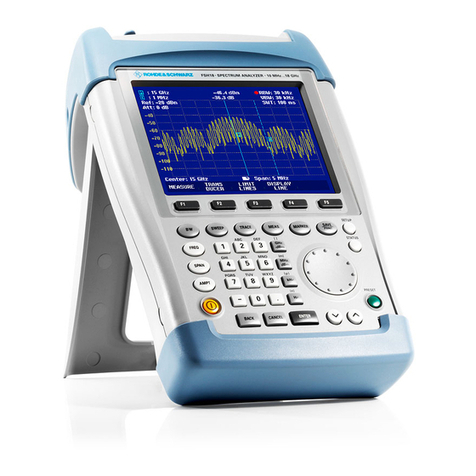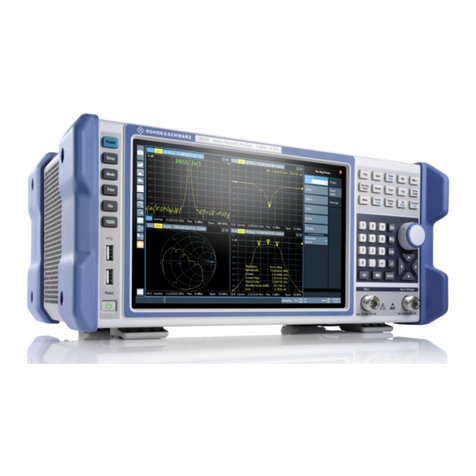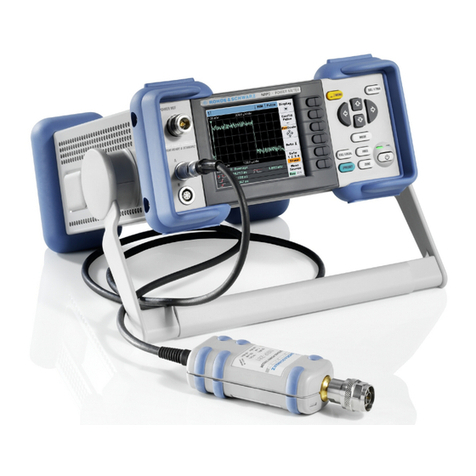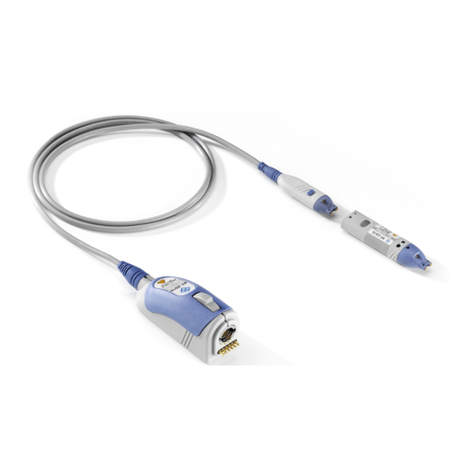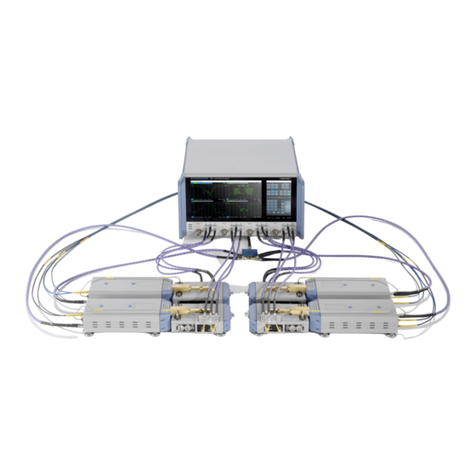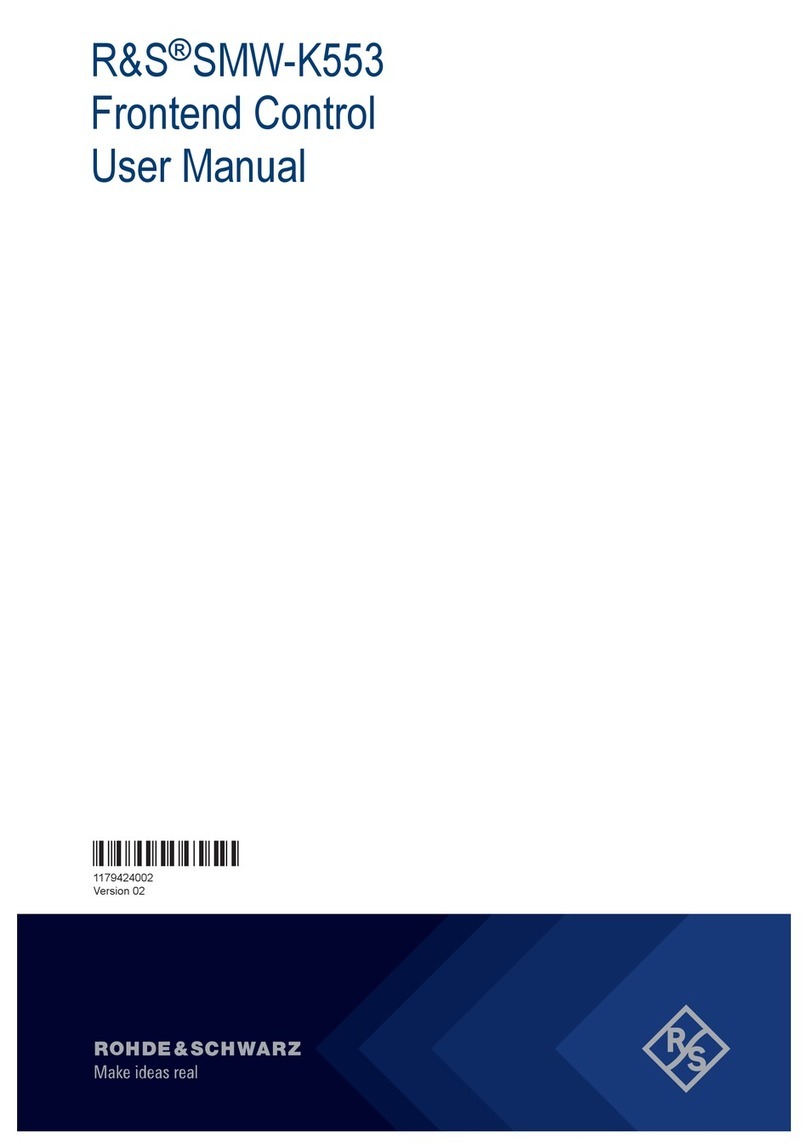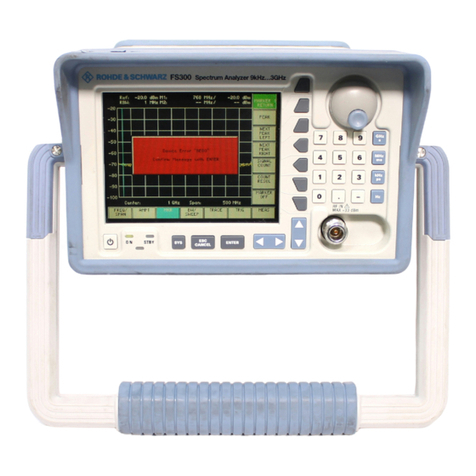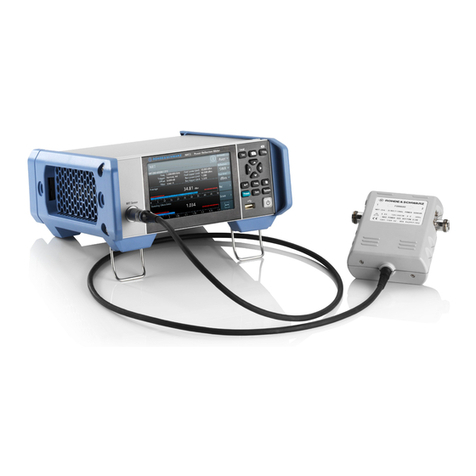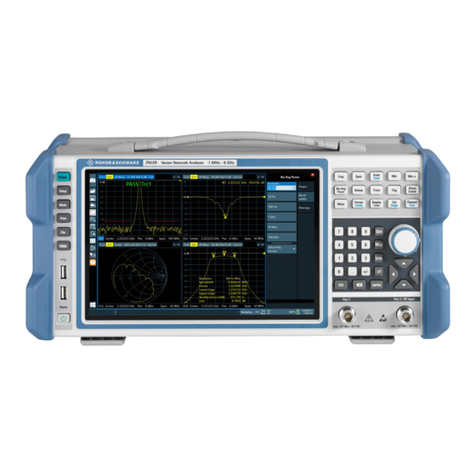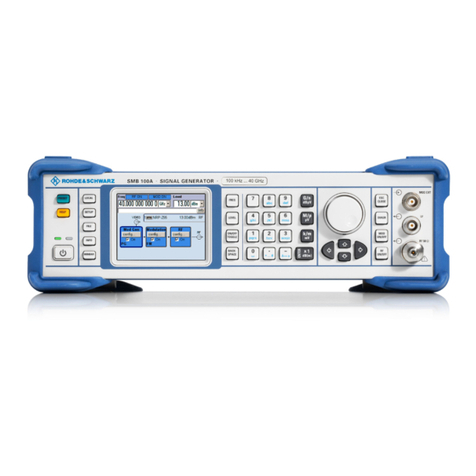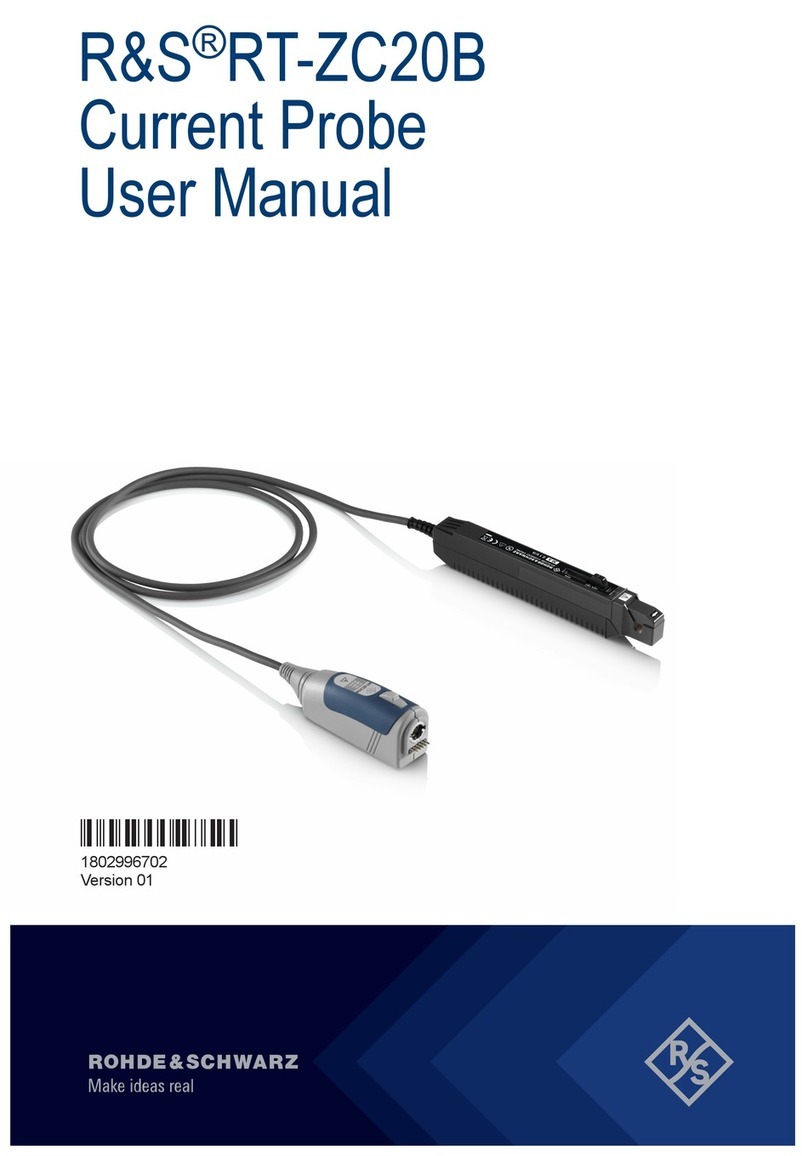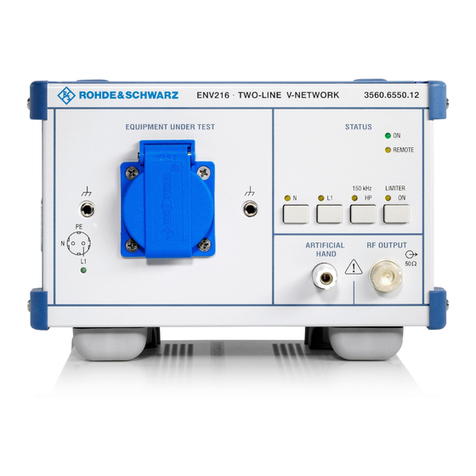Instrument Declassification
R&S®ZPH
6Instrument Security Procedures 1178.9390.02 ─ 01
The sanitizing procedure is part of the instruments maintenance system which can be
accessed by pressing the front panel buttons [PRESET] and softkey [5] during power-
on.
After activating the sanitizing procedure, the following steps occur:
●A full sector erase command as per manufacturer data sheet is applied to each
sector of the instrument settings and user data section. This explicitly includes sec-
tors which might be declared as defect.
●Every addressable location of the instrument settings and user data section is
overwritten by a single character.
●Again, a full sector erase command as per manufacturer data sheet is applied to
each sector of the instrument settings and user data section, including defect sec-
tors.
The "Sanitize internal memory" procedure meets the memory sanitization requirements
specified in the "Clearing and Sanitization Matrix" in Section 14.1.16 of the ISFO "Man-
ual for the Certification and Accreditation of Classified Systems under the NISPOM".
5 Instrument Declassification
Firmware greater or equal 1.30 is required for the instrument declassification.
Before you can remove the R&S ZPH Cable and Antenna Analyzer from a secured
area (for example to perform service or calibration), all classified user data needs to be
removed. You can declassify the R&S ZPH as follows:
1. Turn off the R&S ZPH. This will sanitize the volatile memory.
2. To sanitize the internal Flash memory, perform the following steps:
a) Make sure, that no USB mass memory device is connected.
b) Press the front panel buttons [PRESET] and softkey [5] and hold them while
switching on the instrument again.
After a few seconds, the sanitizing procedure starts.
Sanitizing is indicated by the message "Secure Formatting Flash, please wait!" on
the instrument's screen. The sanitizing procedure takes approximately 8 minutes.
Afterwards, the instrument reboots. Since permanent adjustment values are not loca-
ted in instrument settings and user data section of the flash, the validity of the
R&S ZPH Cable and Antenna Analyzer’s calibration is maintained throughout the sani-
tization.
Following these steps removes all user data from the R&S ZPH Cable and Antenna
Analyzer. The instrument can now leave the secured area.












